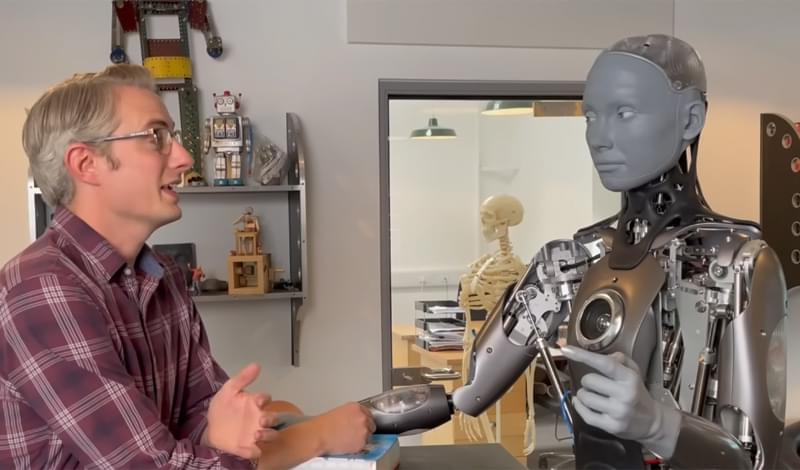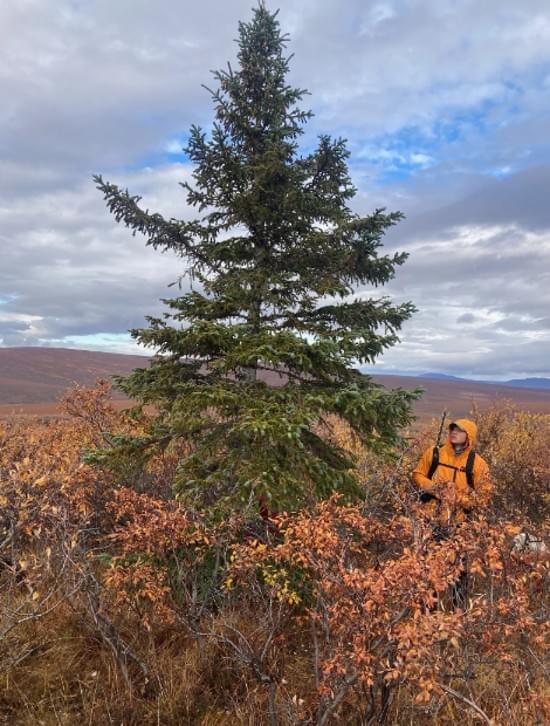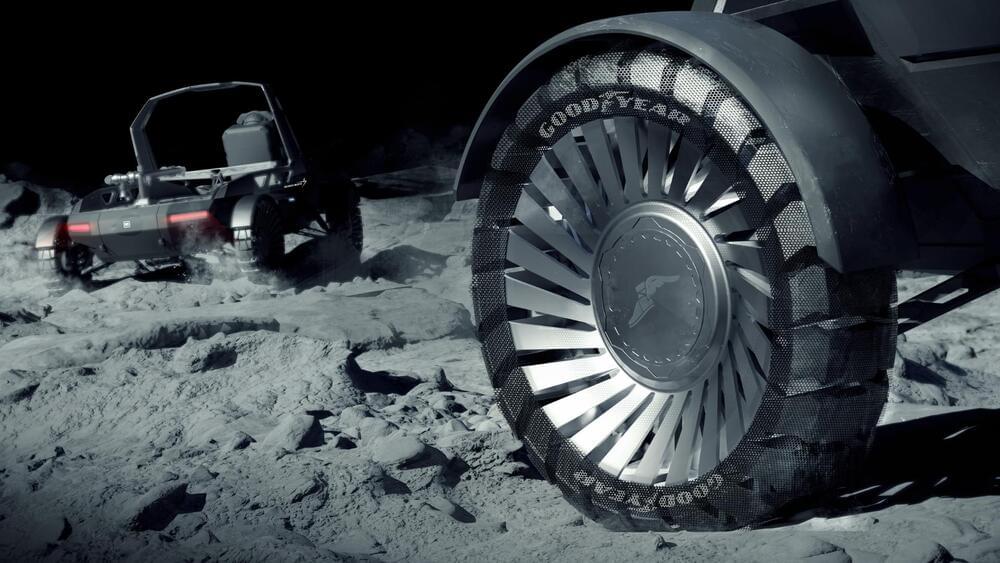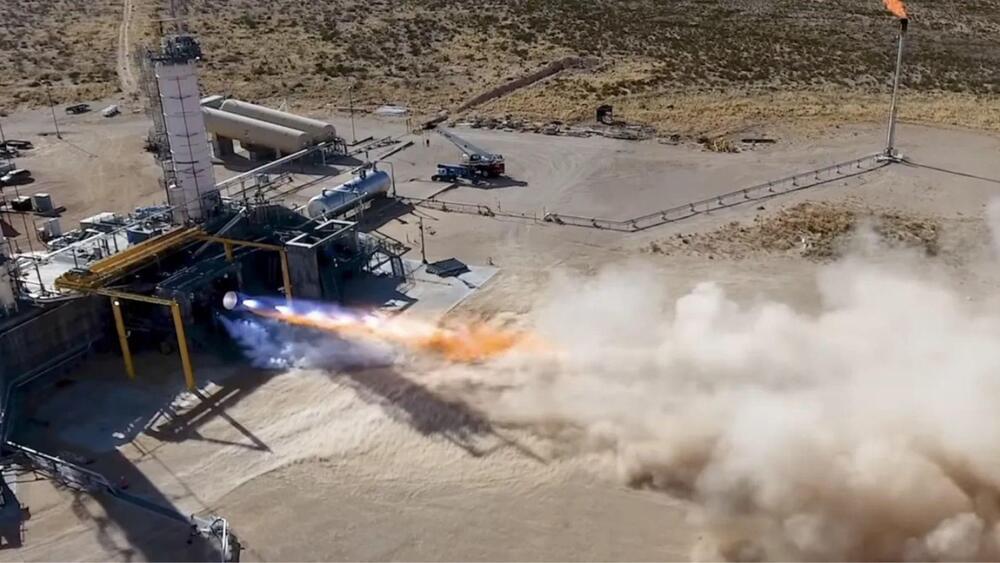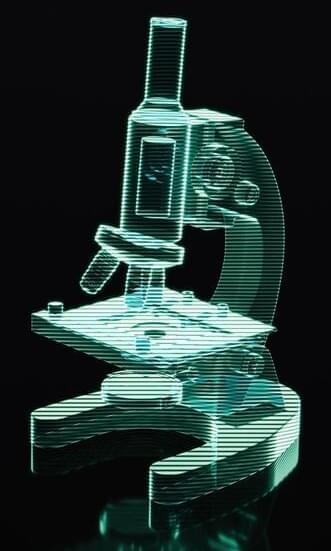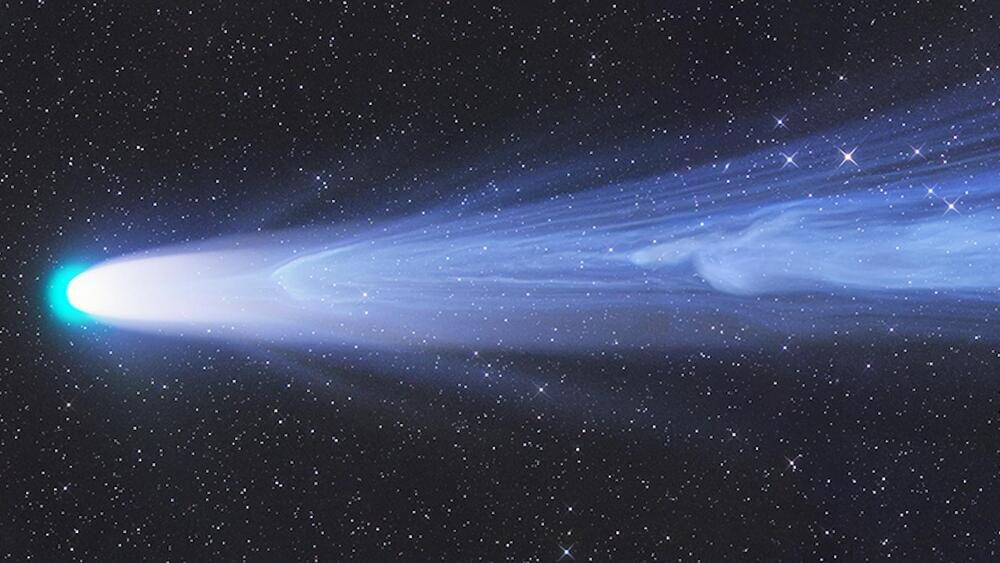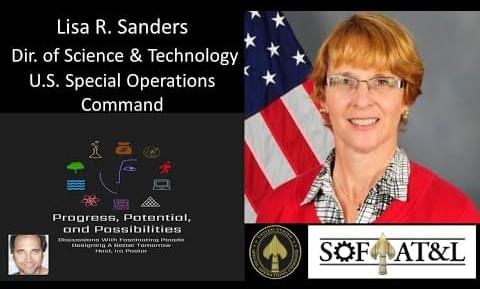Ameca, a highly realistic android, has now been upgraded to include GPT-3, one of the largest neural networks and language prediction models.
Back in December 2021, UK-based Engineered Arts revealed what it described as “the most advanced android ever built” – a machine with strikingly lifelike motions and facial expressions. Since then, the company has been working to upgrade Ameca (as she is called) with speech and other capabilities.
In the video demonstration below, automated voice recognition has been combined with GPT-3, a large neural network and language prediction model that makes use of 175 billion parameters. This allows Ameca to recognise what people are saying and respond to questions. Before speaking, her output is fed to an online text-to-speech service, which generates the voice and visemes for lip sync timing.
